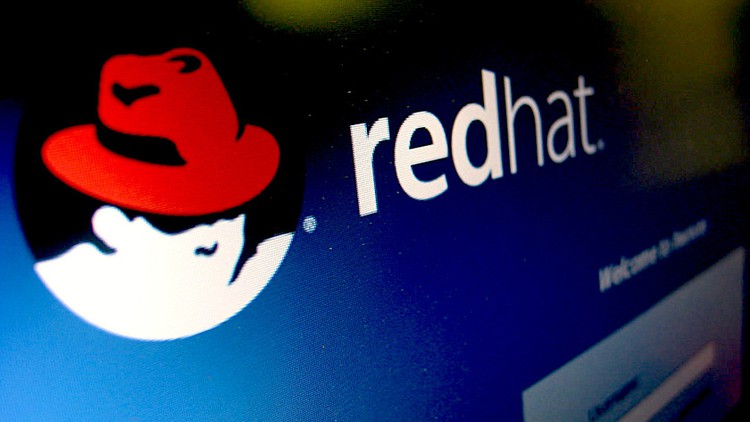
best practice Tests for Red Hat Linux System Administration Certification
What you will learn
Practice Tests for Red Hat Linux System Administration Certification
Practice tips for Red Hat Linux System Administration Certification
Practice same Exam for Red Hat Linux System Administration Certification
Discover all tricks in exam certification
Description
This course builds on the basic knowledge of Linux command line administration that students should have. They should be proficient in executing common commands using a shell, using common command options, and accessing man pages for help.
Goals
Use command line and SSH
Access Red Hat Help
Manage users and groups, files, and file permissions
Manage processes
Update software packages using yum;
Manage systemd services and troubleshooting, during the boot process;
Configure the network and solve basic problems;
Manage local storage, create and use file systems;
Manage the firewall using firewalld;
Manage KVM (Kernel-Based Virtual Machine);
Automate the installation of Red Hat Enterprise Linux using Kickstart.
Training program
System and support access
Go to the command line
Configure key-based ssh authentication
Getting help from the Red Hat Customer Portal
Finding and Resolving Problems with Red Hat Insights
Navigating the File System
Describe the concepts of File System Hierarchy (FHS)
Manage files with command line tools
Create links between files
Managing local users and groups
Describe user and group concepts
Get super user access
Manage local accounts
Manage local groups
Manage user passwords
File Access Control
Manage permissions from the command line
Manage default permissions
Security management by Selinux
Changing the Selinux activation mode
Control of Selinux contexts
Setting the Selinux boolean security policy
Inspect and correct Selinux refusals
System performance tuning
Kill processes
Monitor process activity
Adjust performance profiles
Change the sequencing of processes
Installing and updating software packages
Registering Systems with Red Hat Support
Install and update software packages with yum
Activate yum software repositories
Manage software module flows
Basic storage management
Mount and unmount file systems
Add persistent partitions, file systems, and mounts
Manage paging space (swap)
Control of services and the startup process
Identify automatically started system processes
Monitor system services
Select the boot target
Reset administrator password
Repair Boot File System Problems
Network management
Validate the network configuration
Configure networking from the command line
Edit network configuration files
Configure hostname and name resolution
Log analysis and storage
Describe the architecture of system logging
Browse SysLog Files
Browse entries in the system log
Keep system log
Maintain a reliable system clock
Advanced storage configuration
Create logical volumes
Extend logical volumes
Compress and deduplicate storage with VDO
Planning of future tasks
Start recurring system tasks
Manage temporary files
Network storage access
Mount NFS network storage
Self-assembly of NFS storage
Network security management
Configure system firewalls